Elevate Healthcare Blog
Exploring the rising need for nurses now and beyond
May 05, 2023
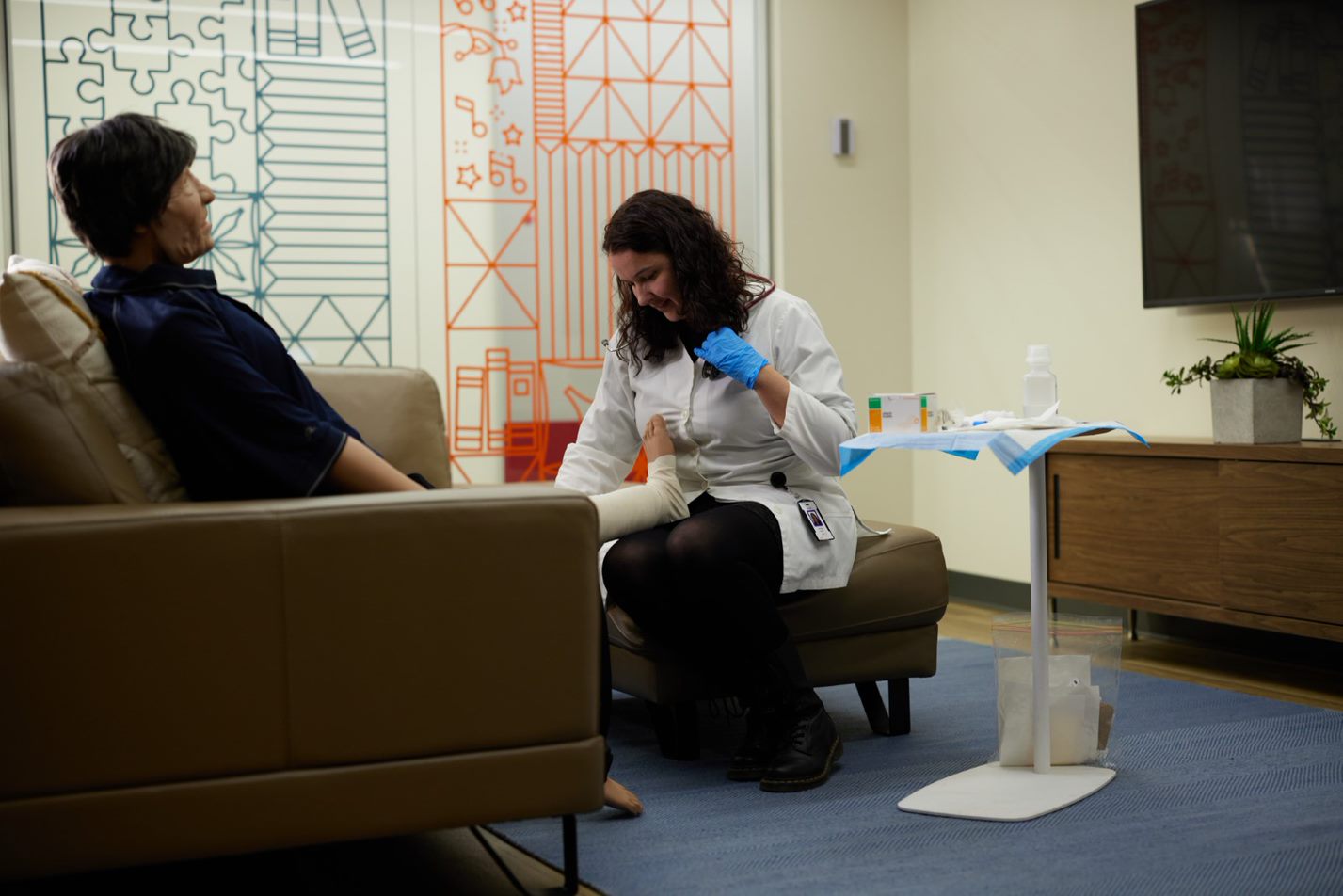
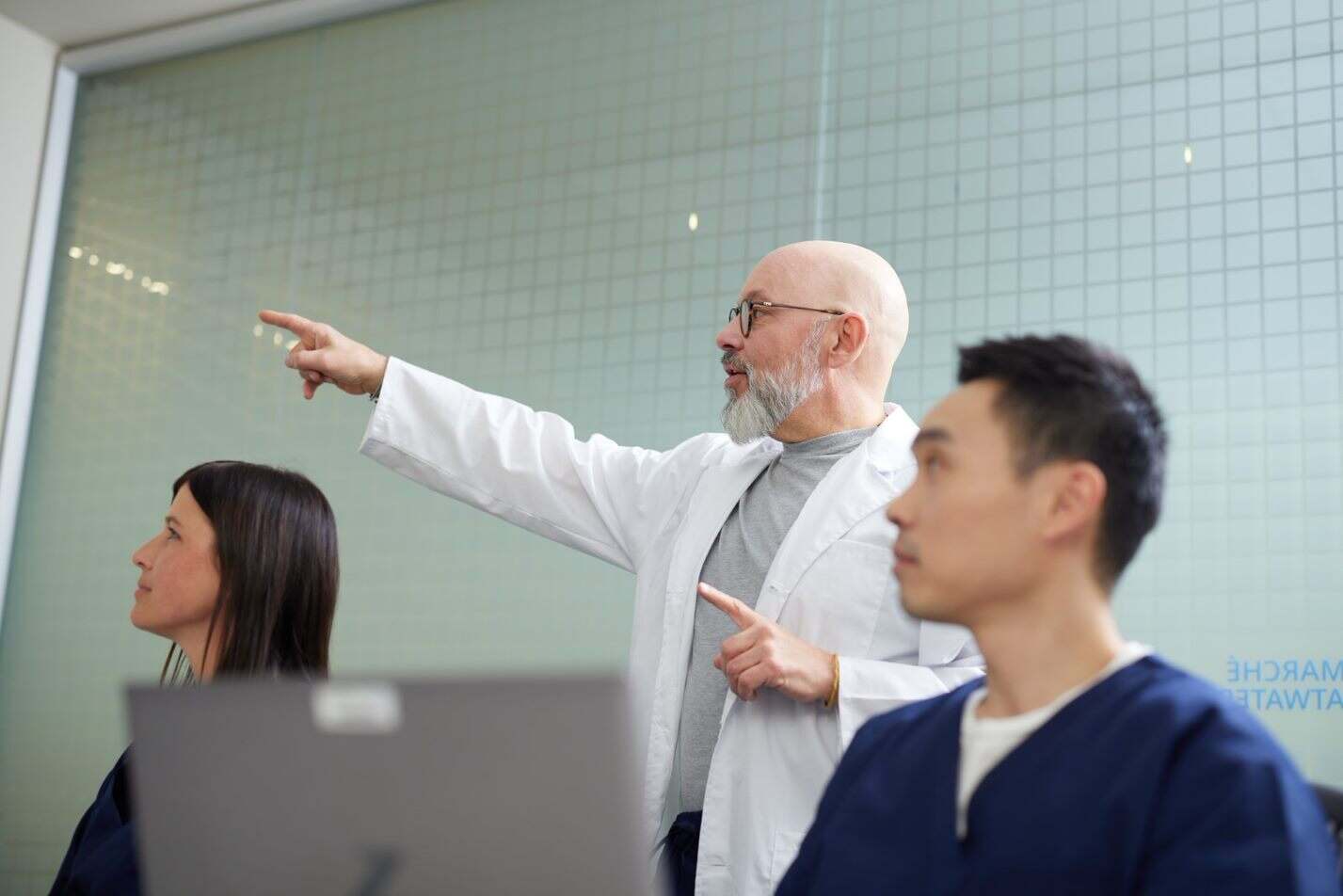
The world needs more nurses.
Fueled by an aging population, an increase in nurse retirements, formidable education timelines, fatigue, burnout and stress, more nurses are stepping away from the profession than, perhaps, ever before. Though the COVID-19 pandemic helped widen the gap, the rising demand for nurses dates years back. A pre-pandemic report from the U.S. Department of Health and Human Services projected a substantial increase in nursing demand from 2015 to 2030.
This increase in demand is further amplified by an aging population. According to projections by the U.S. Census Bureau, older populations will outnumber younger populations by 2034, with 77 million people 65 years and older versus 76.5 million under the age of 18. These transformative years will require additional nurses to provide extra medical attention, accommodate hospital stays and put forth more resources for geriatric care.
The aging population and increased life expectancy also impact the healthcare industry internally, as retirements create more industry vacancies. According to a 2023 report from the National Center for Biotechnology Information, about one million registered nurses today are 50 and older, meaning one-third of the workforce could be at retirement age in the next 10 to 15 years.
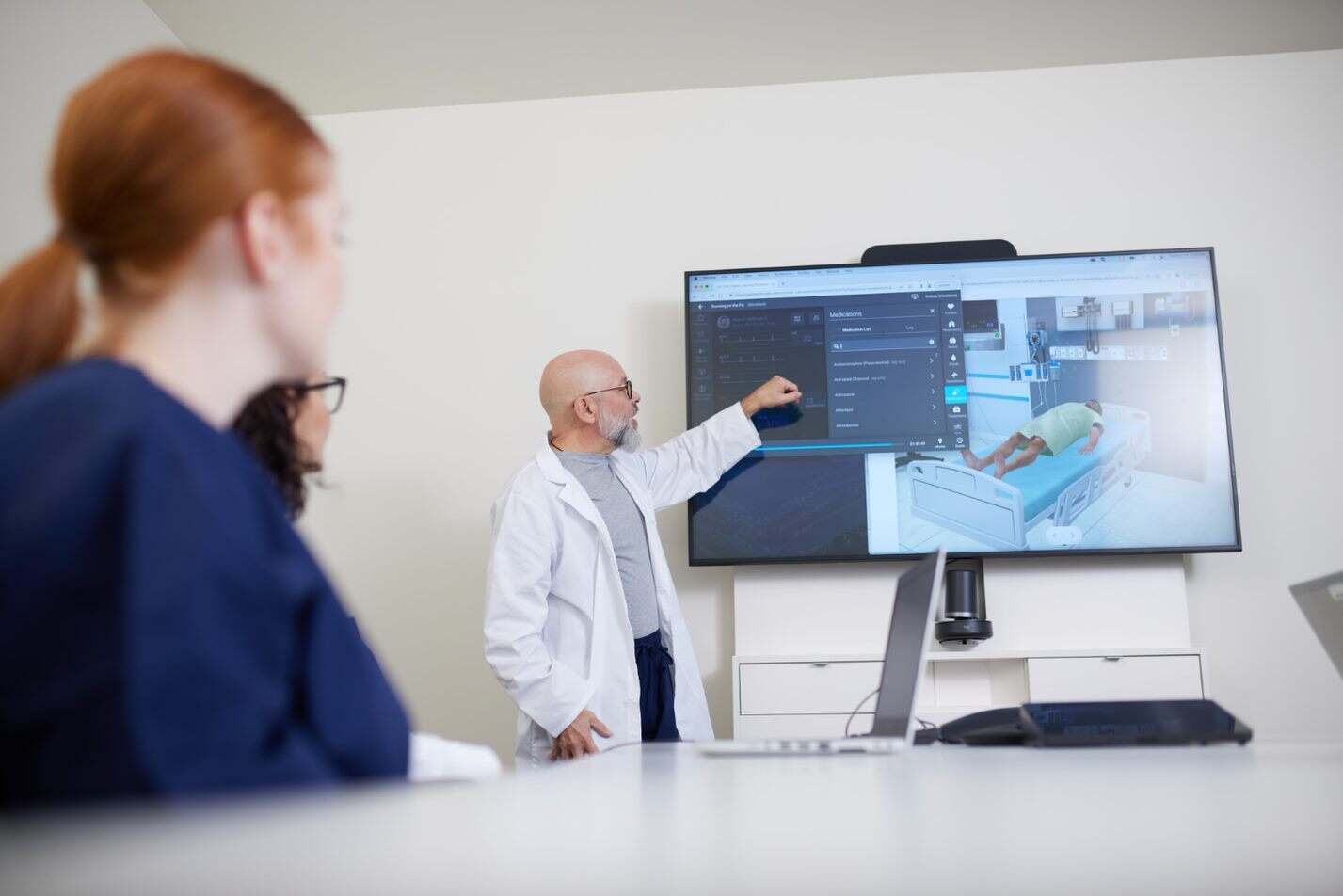
Despite rising demands, entering the nursing profession isn’t easy. To become a Licensed Practical Nurse (LPN), at minimum, a nursing student must complete two years of school, 575 clinical hours and complete the same number of clinical hours to earn a Bachelor of Science in Nursing (BSN). For more advanced degrees, such as Master of Science in Nursing or Nurse Practitioner, a total of six to eight years is required over multiple degrees and up to 1,400 clinical hours. Meanwhile, a doctorate takes approximately 10 years.
Aside from lengthy schooling, some nursing schools are rejecting nursing applications at alarming rates, making the journey even tougher. An article from the American Association of College of Nursing (AACN) states more than 91,000 qualified applications from undergraduate and graduate degree programs were rejected by nursing schools during the 2021-2022 academic year due to a shortage of clinical sites, faculty and resources.
With demand for nurses increasing and aspiring nurses facing roadblocks, the chances of patients experiencing medical errors, morbidity and mortality increase. As stated in an article from the National Center for Biotechnology Information, “In hospitals with high patient-to-nurse ratios, nurses experience burnout, dissatisfaction, and the patients experience higher mortality and failure-to-rescue rates than facilities with lower patient-to-nurse ratios.” A lack of nurses at a facility can also lead to an increase in a patient’s hospitalization time as well as medication errors that could potentially pose the need for additional procedures or treatments.
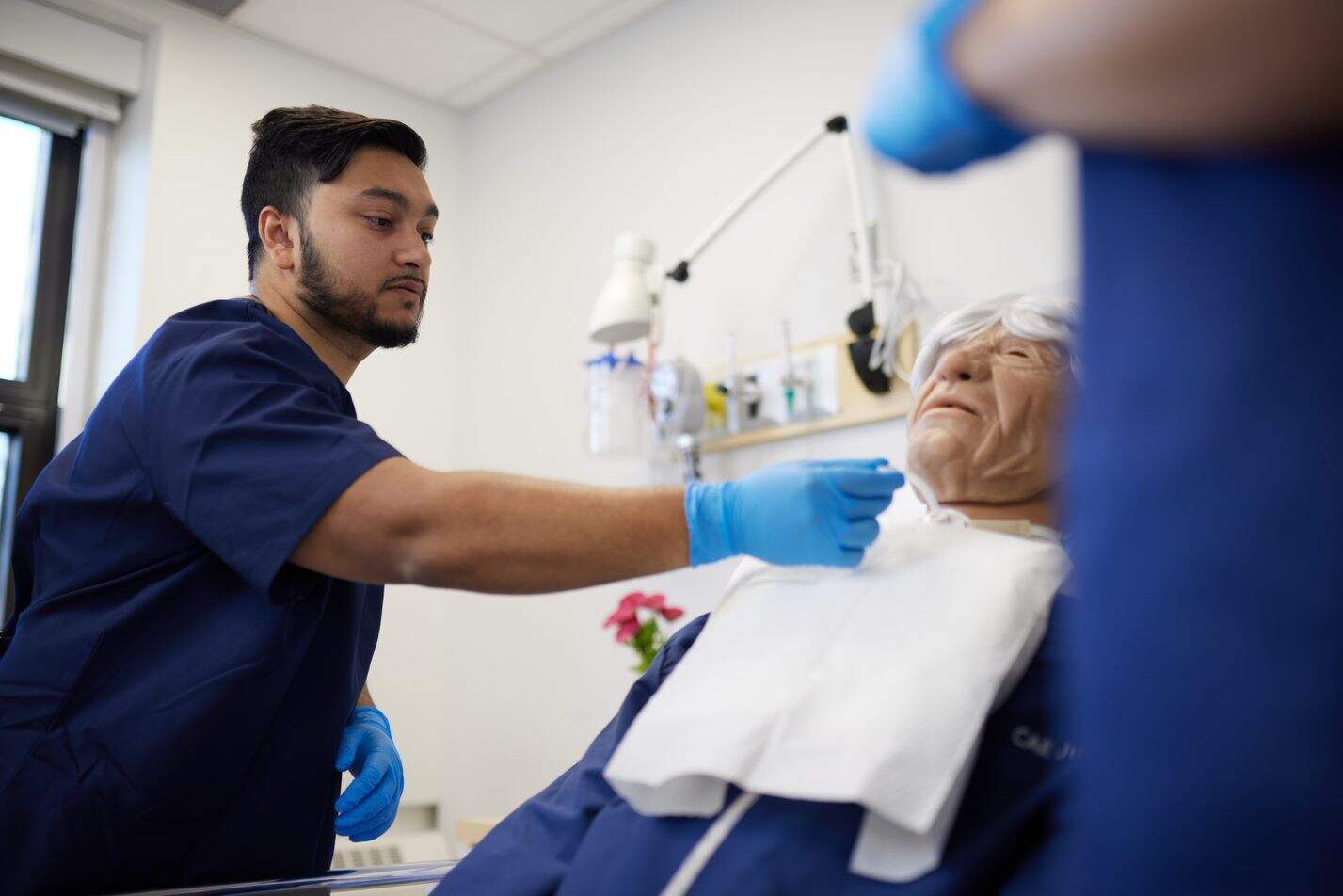
We believe a multi-pronged approach can help address the growing demand for nurses. That includes:
- Using simulation-based technologies to accelerate learning;
- Embracing adaptive learning to focus educational efforts;
- Improving learning methods through responsive technology;
- Increasing the power and reach of nursing educators by using virtual tools;
- Establishing work-school partnerships.
Many schools have already embraced healthcare simulation and technology to help with the growing demand for nurses. From true-to-life cardiac arrest scenarios to difficult birthing situations, simulation-based education, whether in-person or virtual, offers a valid alternative to decreasing clinical sites, faculty shortages and education deserts.
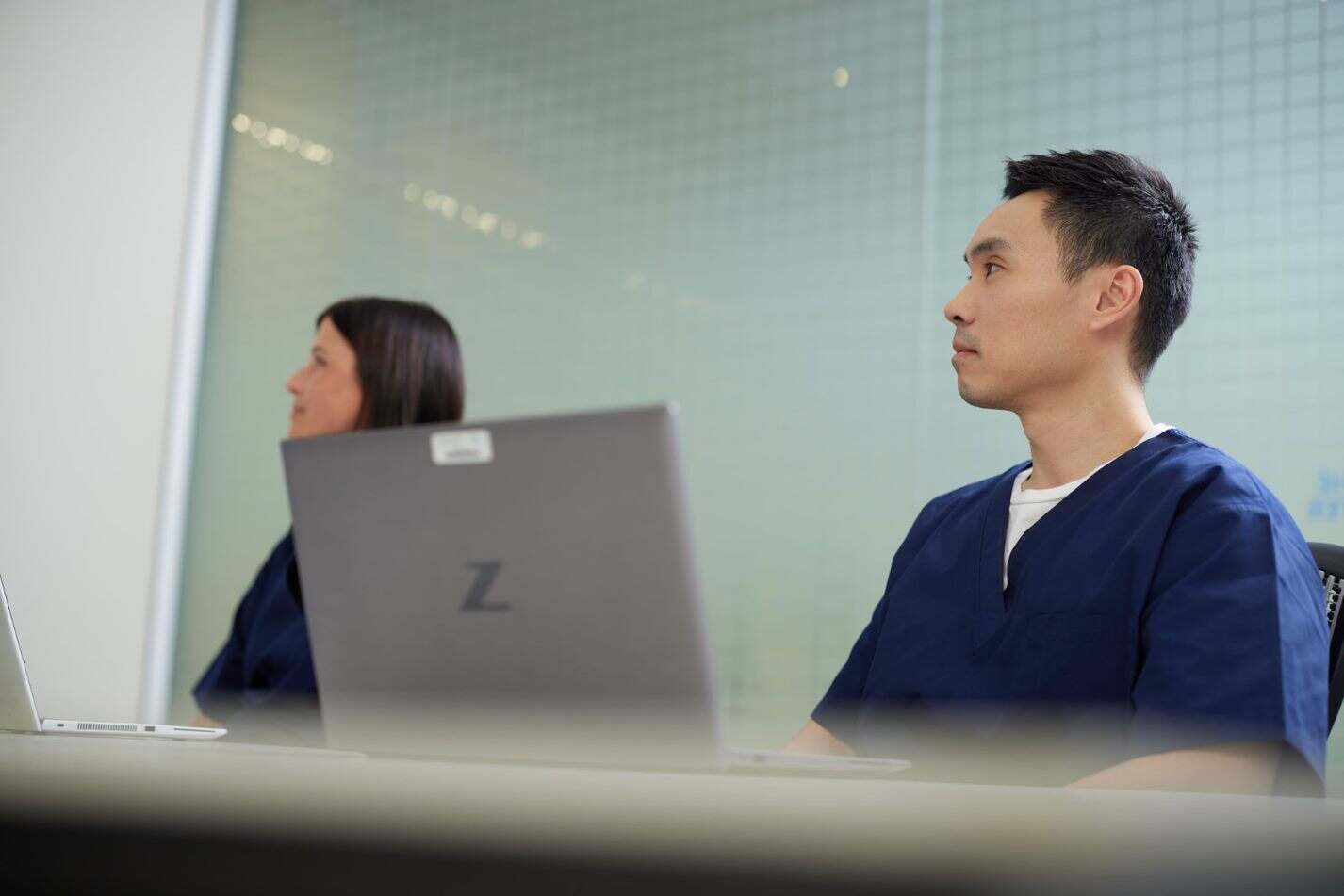
With virtual simulation, clinical scenarios are brought to life, wherever a student is located, eliminating the need for both physical space and proximity to it. This option also enables real-time feedback (to drive adaptive learning) and opens doors for nursing programs to expose students to diverse medical situations beyond the classroom.
Like virtual simulation, in-person simulation training provides students with realistic patient responses and the ability to connect medical equipment to practice teamwork, communication and critical thinking in a risk-free environment. The realism and relevance of simulation-based education have been confirmed, with nearly every state in the US having introduced legislation that accepts simulation for clinical hours in nursing education.
Simulation is one of the most effective and risk-free ways to prepare healthcare practitioners for the moments that matter. At CAE Healthcare, we deliver a family of patient simulators, guided ultrasound procedures, state-of-the-art digital technologies and customizable sim center management solutions to institutions across the globe to enhance medical outcomes and create opportunities to address the rising demand for nurses.



